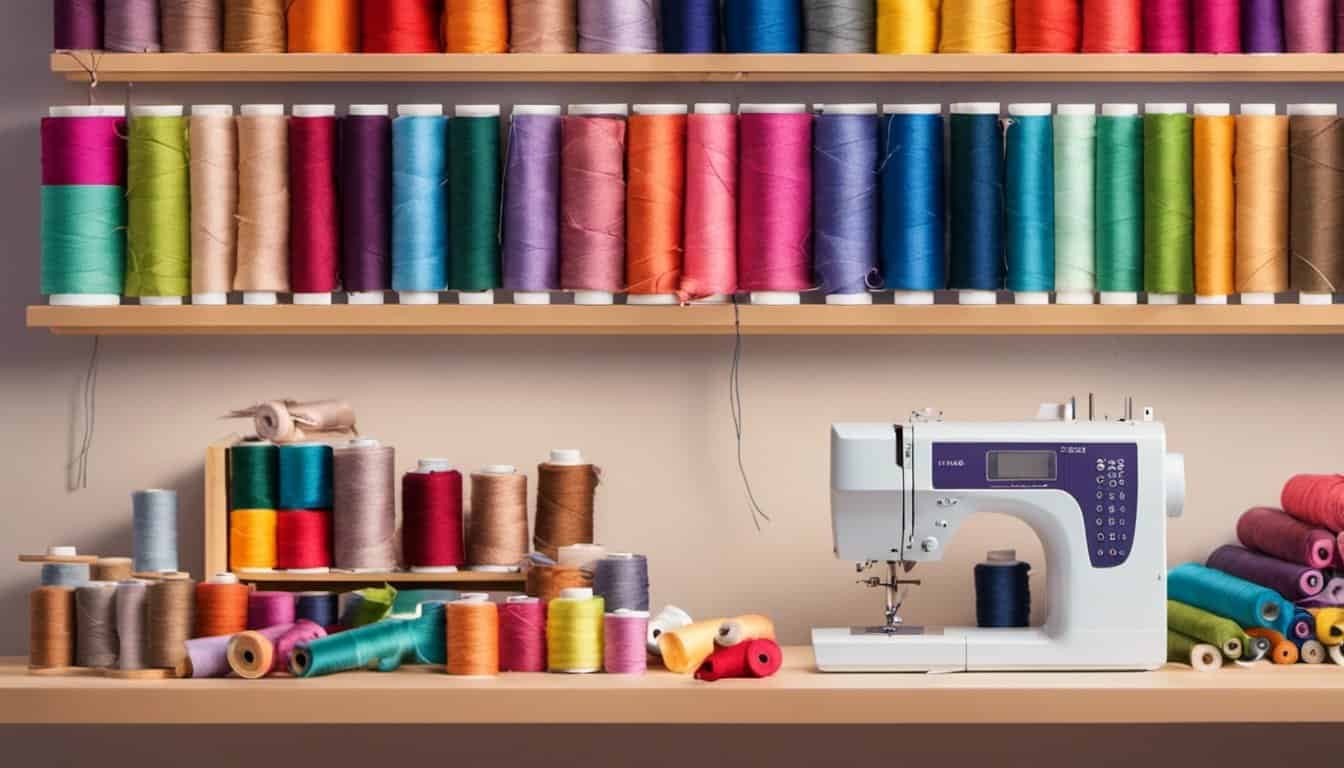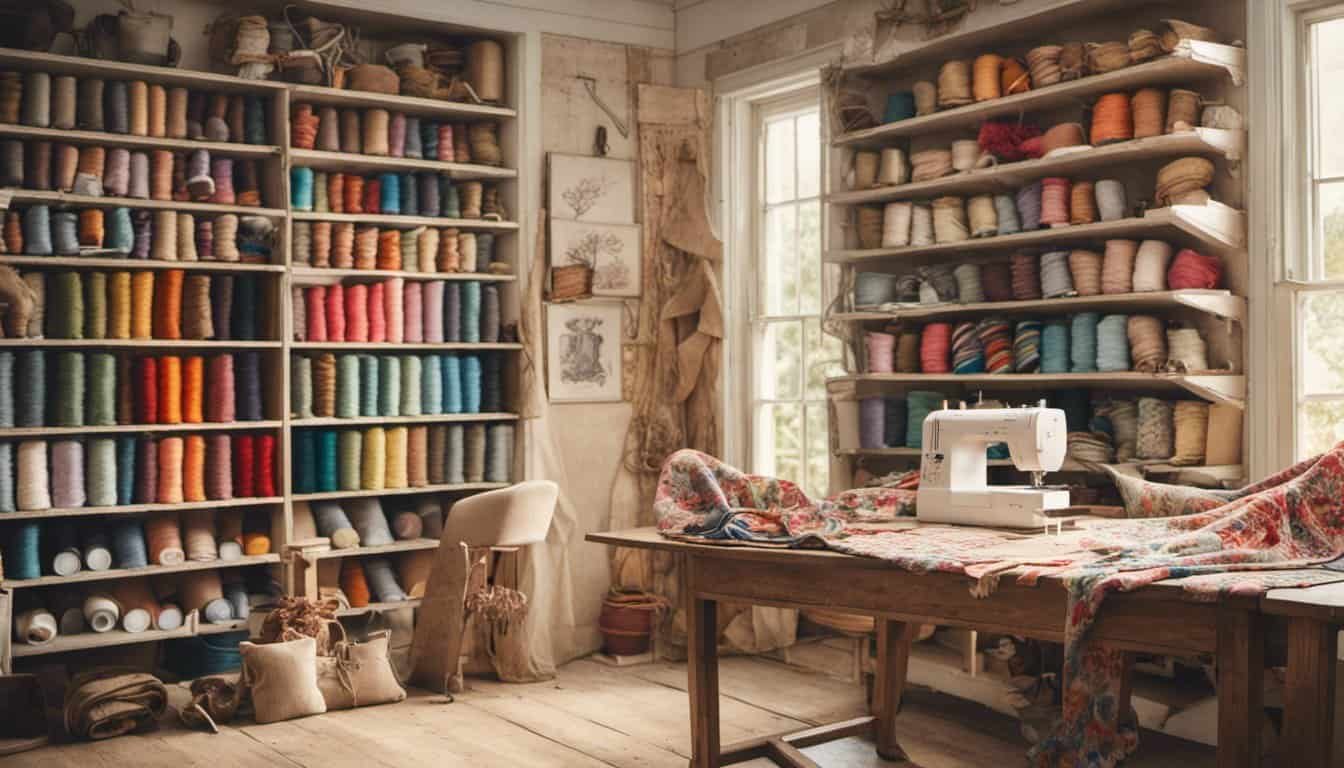Ever found your favorite shirt with a small tear or your jeans starting to fray? Instead of tossing them out, why not give repair sewing a try? It’s a fantastic way to extend the life of your clothes, save money, and even reduce waste.
Understanding Repair Sewing
Repair sewing keeps your favorite clothing items in use for longer. It promotes sustainability and creativity by transforming damaged clothes into wearable art.
What Is Repair Sewing?
Repair sewing involves mending small tears, frays, or holes in fabric. This technique uses simple stitches and basic sewing tools, like needles, threads, and patches. Examples of common repairs include fixing ripped seams, patching holes, and replacing lost buttons. Repair sewing is often seen in techniques like darning socks, patching jeans, and mending shirt cuffs.
The Benefits of Repair Sewing
Repair sewing offers numerous benefits.
- Cost Savings: Repairing clothes costs less than buying new ones. For example, patching a pair of jeans or sewing a button saves you the expense of replacing entire garments.
- Sustainability: Mending clothes reduces textile waste. By extending the life of your clothing, you contribute less to landfill and support environmental conservation.
- Creativity and Skill Building: Repair sewing enhances your sewing skills. Each project teaches new techniques, such as invisible mending or decorative embroidery.
- Sentimental Value: Keeping well-loved items in good repair preserves memories. Repair sewing allows you to maintain treasured clothes, like hand-knit sweaters or vintage dresses.
Overall, understanding repair sewing helps you save money, protect the planet, and develop valuable sewing skills.
Tools and Materials Needed for Repair Sewing
Repair sewing extends the life of clothing and holds both economic and sentimental value. To begin, basic tools and materials are essential.
Essential Sewing Tools
You’ll need a few key tools to start repair sewing:
- Needles: Choose various sizes. Ensure they fit your fabric type.
- Thread: Use strong, durable thread, like polyester or cotton.
- Scissors: Keep both fabric and thread scissors handy. Sharp scissors prevent fraying.
- Pins and Pincushion: Secure fabric pieces in place before sewing.
- Thimble: Protect fingers when pushing needles through thick fabric.
- Measuring Tape: Accurate measurements ensure precise repair.
- Seam Ripper: Useful for removing incorrect stitches without damaging fabric.
Selecting the Right Fabrics and Threads
Choosing the right materials ensures a seamless repair:
- Fabric Patches: Match fabric type and color. Use denim for jeans, cotton for shirts.
- Interfacing: Adds strength to areas prone to wear.
- Matching Threads: Use thread that blends with the fabric color.
- Embroidery Floss: For decorative repairs. Choose colors that complement the garment.
Using these tools and materials, you can effectively carry out most repair sewing tasks, preserving the longevity of your clothing items.
Techniques in Repair Sewing
Repair sewing offers numerous techniques to mend and restore garments effectively.
Basic Stitches for Fabric Repair
Use basic stitches like running stitch, backstitch, and whipstitch to handle minor repairs. Running stitch works well for small tears, where you weave the needle in and out of the fabric. Backstitch helps when a stronger repair is needed; each stitch overlaps the previous one. Whipstitch is perfect for hemming or sewing patches, crafted by looping the thread over the fabric edges.
Advanced Techniques for Durable Repairs
Employ advanced techniques like darning, patching, and interfacing for more durable repairs. Darning covers holes in knitwear by weaving new yarn along the damaged area. Patching uses fabric pieces to cover larger tears; ensure you match the fabric type and weight. Interfacing provides extra support, especially in areas prone to stress like elbows and knees, by attaching a layer of fabric inside the garment. Always use matching threads and strong stitching patterns like zigzag or herringbone for these repairs.
These techniques help you maintain the functionality and appearance of your clothing items, extending their lifespan.
Step-by-Step Guide for Repair Sewing
Repair sewing adds longevity to your garments and keeps your favorite pieces in rotation. Follow these steps for effective and professional repairs.

Preparing the Fabric
Clean the Fabric
Wash the garment before starting the repair process. Dirt and oils can interfere with sewing and weaken the fabric over time. Air-dry the garment to avoid shrinkage.
Identify the Damage
Examine the garment to determine the extent of the damage. Note all areas needing repair, even minor ones. Mark these areas with fabric chalk for easy identification.
Gather Supplies
Collect all necessary tools, including needles, thread, scissors, pins, and a measuring tape. Use matching thread for a seamless finish. Ensure your workspace is well-lit and organized.
Cut Loose Threads
Trim any frayed or loose threads from the damaged area. This prevents further fraying and provides a clean workspace for sewing.
Completing the Repair
Select the Stitch
Choose an appropriate stitch based on the type of repair. For minor tears, use a running or whipstitch. For more significant damage, consider patching or darning techniques.
« Unlock Amazing Ideas for Sewing: Transform Your Wardrobe with These Creative Projects
Master the Art of Hand Sewing: Tips, Techniques, and Secrets for Perfect Stitches Every Time »
Align the Fabric
Place the fabric on a flat surface. Ensure the damaged area is smooth and free of wrinkles. Pin the fabric in place to maintain alignment while sewing.
Stitch the Area
Begin sewing with small, even stitches. Use a knot to secure the thread at the start and end of your repair. For stronger repairs, reinforce the stitches by sewing over the area multiple times.
Test the Strength
After completing the repair, gently tug on the fabric to test its strength. Ensure the stitches are secure and the fabric holds together well. If necessary, add additional stitches for reinforcement.
Finish and Trim
Trim any excess threads and remove pins. Examine the repair for any missed spots. Press the area with an iron to set the stitches and give a polished look to your garment.
Repair sewing not only extends the life of your clothes but also offers a sense of accomplishment. Follow this guide for professional and lasting repairs.

Sustainable Fashion and Repair Sewing
Repair sewing plays a key role in sustainable fashion by reducing waste and conserving resources.
Repair Sewing as a Sustainable Practice
Repair sewing conserves resources by extending the life of clothing items. When a garment tears, instead of discarding it, you use repair sewing to restore its functionality. This process minimizes textile waste, which significantly contributes to landfill overflow.
Instead of buying new items, repairing clothes reduces demand on manufacturing. This lowers the environmental impact associated with textile production, including water usage and energy consumption. Repair sewing also promotes a slower fashion model, encouraging thoughtful, long-term use of garments.
Promoting Longevity of Clothing
By practicing repair sewing, you enhance the durability of your clothing. Techniques such as darning socks, patching jeans, and reattaching buttons keep your wardrobe functional and fresh. These repairs prevent minor damages from becoming irreparable, further reducing the need for replacements.
Well-maintained clothes do not just benefit the environment—they save money. By investing time in repair sewing, you maximize your wardrobe’s value without constant spending on new pieces. This mindful approach to clothing care aligns with sustainable living principles.

Conclusion
Repair sewing isn’t just a practical skill; it’s a meaningful step towards sustainable living. By taking the time to mend your clothes, you’re not only saving money but also contributing to a more eco-friendly lifestyle. Each stitch you make is a small act of kindness towards the planet.
So grab your needle and thread, and embrace the joy of giving your garments a second life. It’s a rewarding experience that combines creativity with conscientious living. Happy sewing!













